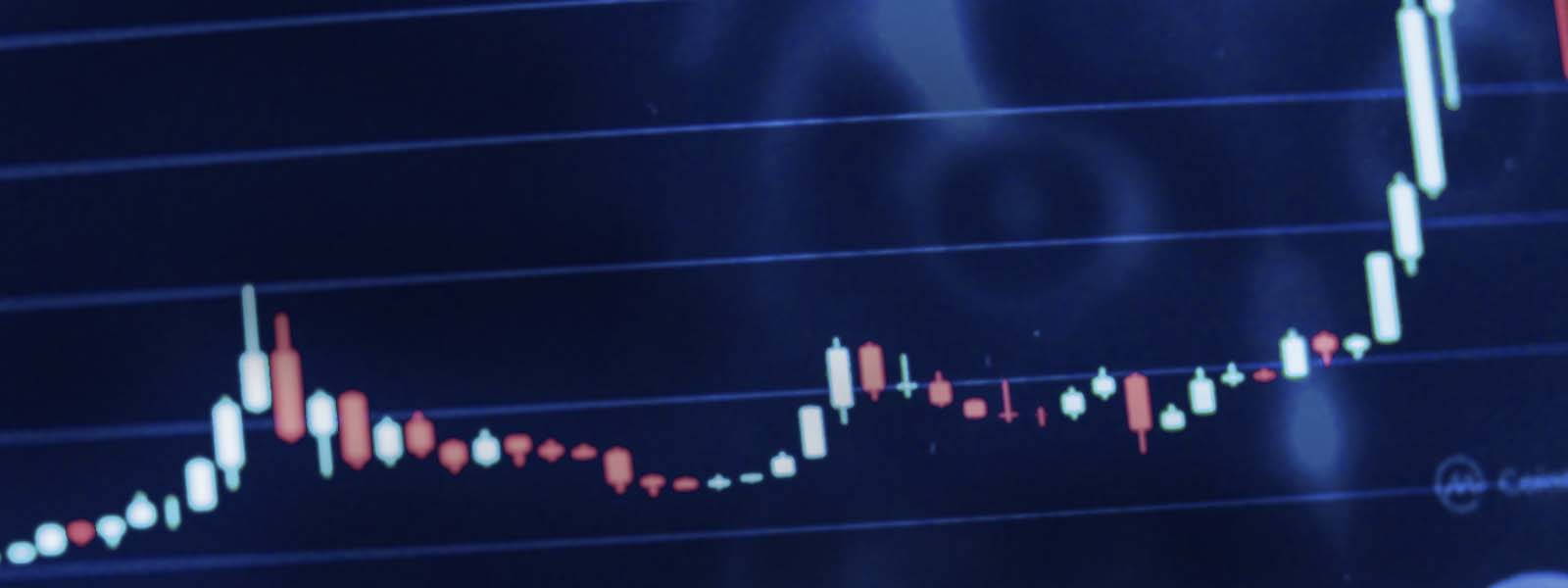This page is your one-stop destination for the latest industry updates and in-depth research on various Cobalt Markets. Stay informed on the latest trends and developments in Cobalt Production, Consumption, and Trade.
Whether you’re an industry professional, researcher, investor, trader or just interested in Cobalt, this page lets you stay ahead of the competition. Keep coming back for regular updates and insights on the Cobalt & Derivative Products Markets.
An Introduction to the Global Cobalt Market
The Global Cobalt Market is relatively small and specialized, with a few large producers controlling the majority of global supply. The demand for Cobalt is driven mainly by its use in industrial applications such as aerospace, defense, and energy storage.
The price of cobalt has fluctuated over time, but in recent years it has seen significant price increase. The main reason for this is the growing demand for lithium-ion batteries used in electric vehicles and other electronic devices. These batteries require cobalt as a key component in their cathodes. This increase in demand has led to a tightness in supply, causing prices to rise.
The Democratic Republic of Congo (DRC) is the world’s largest producer of cobalt, accounting for more than 60% of global production. However, due to the human rights and environmental concerns related to the mining process, companies and countries are looking to diversify their sources of cobalt. Other major producers include Russia, Canada, and Australia.
The global cobalt market is also influenced by the price of other metals such as nickel, copper and lithium. The prices of these metals are closely related to the demand for electric vehicles, as they are also key components in the production of lithium-ion batteries.
Overall, the cobalt market is likely to continue to see strong demand in the coming years due to the growth of electric vehicles and the increasing use of cobalt in other applications such as aerospace, defense, and energy storage. However, the market could also be affected by regulatory changes and new technologies that could reduce the demand for cobalt.



